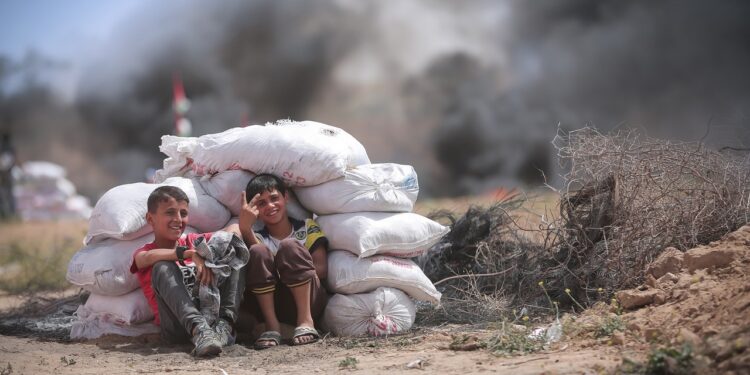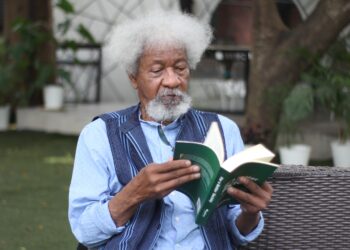When a family spends ten years paying a mortgage only to watch their home vanish in seconds, the pain is not just about money, It is about identity, roots, memory, and survival. In Gaza today, that pain is everywhere. Israel’s decision to demolish tall residential buildings has left many Palestinians asking if this is still war or the beginning of something more permanent.
Homes as battlefields
The attack on the 15-storey Mushtaha Tower earlier this month is not just one more airstrike in a long war. It looks like the start of a method, hitting residential high-rises before ground forces move deeper into Gaza. The Israeli military insists these demolitions are about destroying Hamas infrastructure, but when thousands of families suddenly become homeless, it feels less like a military tactic and more like collective punishment.

Satellite images now show entire neighbourhoods erased, buildings flattened in suburbs once considered safe. To the outside world, these are “targets.” To Palestinians, they are homes built over decades, sometimes funded by life savings or long mortgages. In one night, a family that worked years to build stability becomes displaced, carrying plastic bags and trauma. That is not just collateral damage. That is life destroyed in slow motion.
The bigger picture
The United Nations has already raised alarm, saying these patterns of demolition raise fears of ethnic cleansing. Israel rejects this, claiming its focus is on Hamas. But patterns speak louder than press releases. Four demolitions in one year might be a coincidence. Dozens within weeks look like strategy. And once a pattern is seen, it is hard to unsee.
A dangerous precedent
If this truly becomes Israel’s war strategy, it sets a precedent beyond Gaza. It says war is no longer about defeating armed opponents but about erasing civilian life until there is nothing left to return to. And once that becomes normalised, the idea of international law, human rights, or even humanitarian corridors becomes meaningless.

















